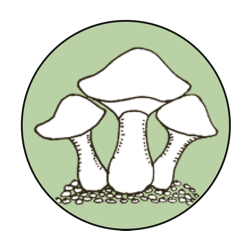An Inside Look At A HBFG Fungi Foray
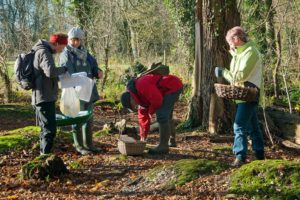 Our fungi forays take place throughout the year but are more regular during the late spring and late summer / autumn months, the main growing seasons for fungi.
Our fungi forays take place throughout the year but are more regular during the late spring and late summer / autumn months, the main growing seasons for fungi.
But what is a ‘fungi foray?’
Well, that depends on your particular interest. For many of our members, a foray is a chance to find, identify and record the types of fungi found growing in a particular habitat. This can be particularly challenging as fungi comes in a huge variety of species and sub-species. Even specimens of the same sub-species can appear different. Fungi is a master of its environment and is quick to adapt which means it can mutate subtly making identification much more difficult. And that’s what makes it fun for a lot of members.
During a foray we wander around on a predefined route, each of us looking around the forest floor and on trees to spot what fungi may be growing there. As we find samples, we carefully remove a sample, if it’s absolutely necessary for identification, and report back to our recorder and experts to help identify and log the find along with details of where it was growing and other details of the specimens specific habitat.
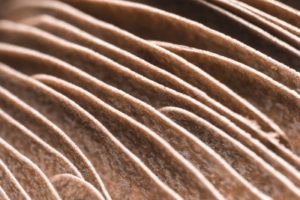 We take samples of those not easily identified and take them home for more complete analysis. At home some of us have microscopes and a keen interest in micro-photography. We take spore prints and take a closer look under a microscope at the spores and structure of the fungi and then make a species determination.
We take samples of those not easily identified and take them home for more complete analysis. At home some of us have microscopes and a keen interest in micro-photography. We take spore prints and take a closer look under a microscope at the spores and structure of the fungi and then make a species determination.
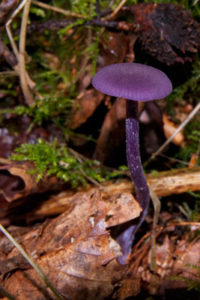 All of our finds during a foray are ‘recorded.’ Each year we visit numerous sites around Hertfordshire and Bedfordshire, recording what we find as we go. This provides a useful database of resident fungi in a particular location. These reports are currently kept with our group’s Recorder. These may be fed back to the British Mycological Society for inclusion in to the overall fungi database in the UK.
All of our finds during a foray are ‘recorded.’ Each year we visit numerous sites around Hertfordshire and Bedfordshire, recording what we find as we go. This provides a useful database of resident fungi in a particular location. These reports are currently kept with our group’s Recorder. These may be fed back to the British Mycological Society for inclusion in to the overall fungi database in the UK.
If trees are the lungs of the world, then fungi are our planet’s great garbage disposal service. The health of our forests and woodlands very much depends upon the health of the fungal environment on the forest floor. By observing the changing patterns in growth of various fungi species in our forests and woodlands, we can get an idea of the heath of the environment. Very occasionally we discover that a new species has become resident in a particular location; that’s a cause of excitement in the group.
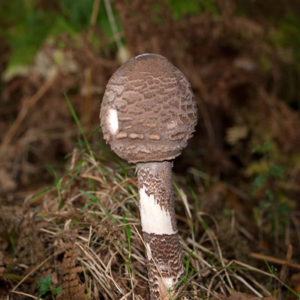 For some members, interests may extend to culinary or medicinal uses of fungi. Common edible mushrooms are widespread if you know what you are looking for. But that’s the point; to know what you are looking at! Collecting mushrooms for culinary purposes requires good understanding, identification and experience. While not the principle purpose of the group, most of us in the group have collected a few samples of common edibles for the kitchen.
For some members, interests may extend to culinary or medicinal uses of fungi. Common edible mushrooms are widespread if you know what you are looking for. But that’s the point; to know what you are looking at! Collecting mushrooms for culinary purposes requires good understanding, identification and experience. While not the principle purpose of the group, most of us in the group have collected a few samples of common edibles for the kitchen.
Others that join us are interested in the rambling and social side of our forays. We go to some interesting places and our forays can last for several hours, covering a few miles.
